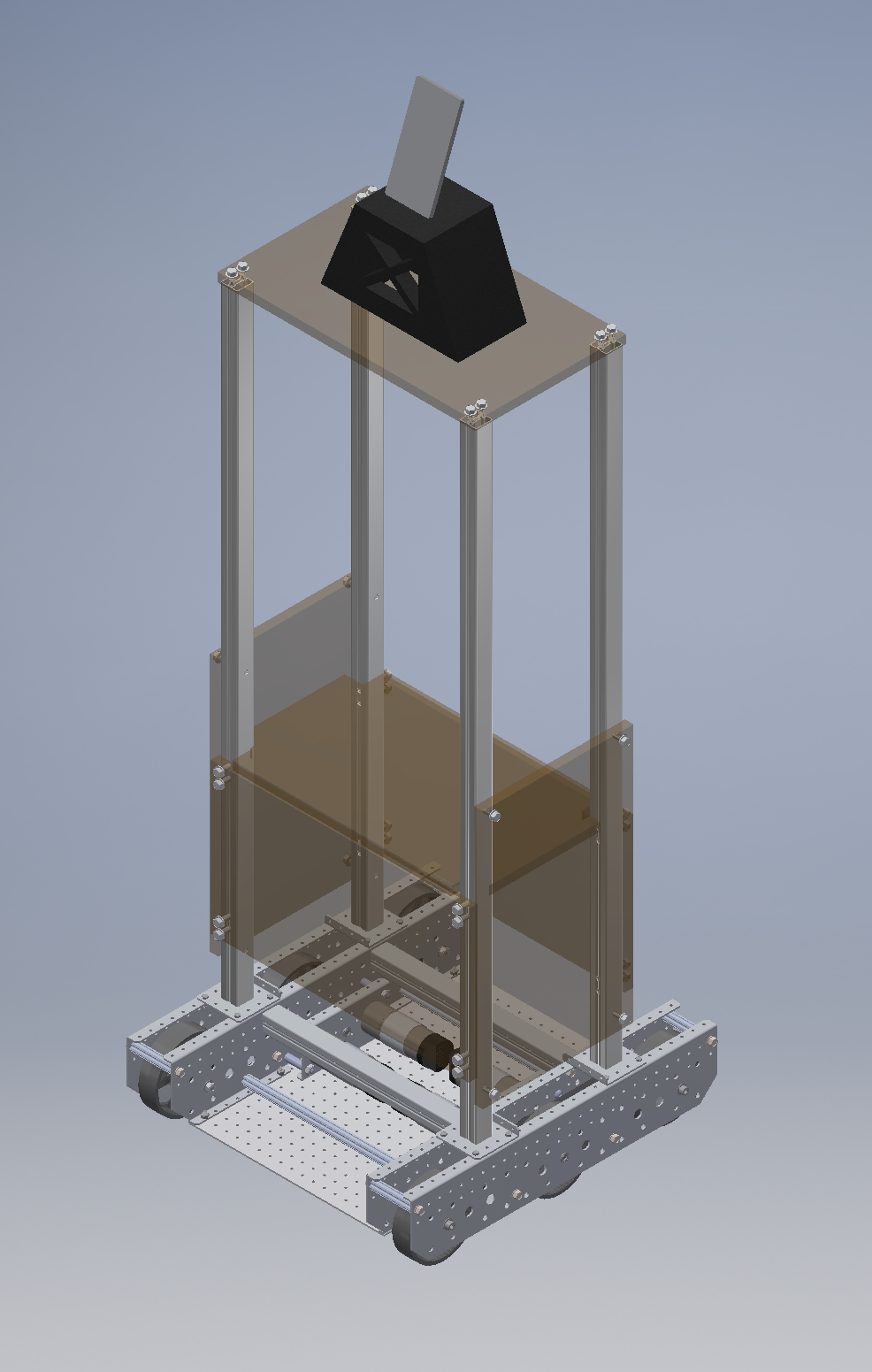With MnRI assistance, UMN Robotics student group to develop a robot that administers medical care

MINNEAPOLIS / ST. PAUL (04/24/2020) — With assistance from the Minnesota Robotics Institute and College of Science and Engineering faculty and alumni, a group of undergrad and graduate students are developing a robot with the capability of treating ER patients by performing routine tasks, such as checking a patient’s temperature through the use of thermal imaging. This robot would limit human-to-human exposure in medical facilities and reduce the need for personal protective equipment (PPE), as U.S. supply is limited.
When a local hospital contacted Prof. Nikolaos Papanikolopoulos about employing existing tech for daily medical usage and patient interaction, clear challenges were evident. While both parties had a specific robot in mind, the previously developed UMN Scout Robot had design limitations that made it unfit to perform the necessary tasks needed to assist medical professionals.
Amalia Schwartzwald, an undergraduate senior in the Department of Aerospace Engineering and Mechanics, suggested they create a new one.
The UMN Robotics Student Group began to work, updating the old robotic design and finding ways to outfit the soon-to-be automated medical assistant with software capable of performing required tasks and hardware that is cost-effective, ER safe, and can be easily built and cleaned.
“Personally, seeing the situation on the news made me want to help out but not being in the medical field, I thought I could not do anything but stay home,” Schwartzwald explained, “This project gives the team a way to help fight COVID-19 with the training we do have while maintaining social distancing.”
The team delegates responsibility now more than ever, given the restrictions that social distancing presents and the closure of all non-essential operations at the University of Minnesota. They plan to ship parts to a singular location for assembly and CAD, while the rest of the team remotely codes, designs, purchases, and communicates.
The biggest challenge is funding the necessary upgrades. The emergence of COVID-19 has reduced spending globally and the equipment needed to build an effective robot comes at a high price.
Schwarzwald lamented that “[thermal] cameras precise enough to detect fever in humans are costly and in high demand right now” and mentioned that Ted Morris, a research engineer in MnRI and the Department of Computer Science and Engineering, is advising the group and helping procure a suitable and cost-effective camera.
Ian Wallace, an undergraduate junior in mechanical engineering, is also working to attach other cameras for visibility and microphones that can be utilized by medical staff. The team is additionally employing commercial off-the-shelf (COTS) chassis to reduce build time and utilizing non-porous materials that aid in sanitation.
While the new robot is still in R&D, the team hopes to have it up and running as soon as possible, providing immediate aid in suppressing the spread of COVID-19. While robotics competitions and other events have been canceled for the foreseeable future, this group of UMN students have maximized their free time and are playing a role in humankind’s struggle against the novel virus.
The full team (pictured above) includes:
- Trygve Eggen, Senior in Mechanical Engineering
- Kyle David Krueger, Senior in Mechanical Engineering
- Karl Olson, Graduate Student at Materials Science and Engineering at Northwestern University (finished undergrad in Materials Science and Engineering at UMN last year).
- Jude Sauve, 2019 Alumnus UMN, Mechanical Engineering and Computer Science
- Ian Wallace, Junior in Mechanical Engineering
- Julia Schatz, Junior in Electrical Engineering
- Amalia Schwartzwald, Senior in Aerospace Engineering and Mechanics